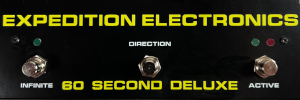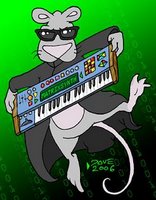Full interview on Astronauta Pinguim here.
Pictured: Bernie and the Moog synthesizer (photo by Jon Sievert)
"Since I do not see too well, my world is mostly informed by sound. So naturally, as a young child I gravitated to music studying violin and composition. When I became a teenager, I switched to guitar (when the hormones kicked in) because… well, you know. When I was in my 25th year I joined a very famous American folk group called The Weavers. After they broke up in early 1964, I moved to California from New York, and began to study electronic music at Mills College in Oakland, which was the leading institution for experimental techniques at the time. While there, I met Paul Beaver, who became my music partner, and together we helped introduce the Moog synthesizer to pop music and film on the West Coast and in the UK."
You can find links to more of Anstronauta Pinguim's interviews with the synth world's greats here.
via Fabricio Carvalho on The MATRIXSYNTH Lounge

Showing posts sorted by date for query Astronauta Pinguim interview. Sort by relevance Show all posts
Showing posts sorted by date for query Astronauta Pinguim interview. Sort by relevance Show all posts
Saturday, December 08, 2012
Thursday, November 15, 2012
An Interview Tim Blake by Astronauta Pinguim
Timothy Blake of Gong and Hawkwind. Check out his double EMS Synthi system and Moog System 55. On his relationship with EMS:
 "My EMS relations were mostly with Robin Woob (now the owner) and the technical people, Graham Wood, Graham Hinton, with whom most of the unique modifications to my set-up were designed.
"My EMS relations were mostly with Robin Woob (now the owner) and the technical people, Graham Wood, Graham Hinton, with whom most of the unique modifications to my set-up were designed.
I've met Zinovieff, of course, but not Cockerell or Cary. Peter seemed to look down on those who played the EMS synths, regarding them as toys he sold to finance his huge computer music studio. I have never heard a note of his music!!
I believe I once impressed Peter at an EMS lunch, by enjoying his Cheese with very hottest oh his home-made chutneys!! Strange stuff, Electronic musicians!"
Read the full interview on Astronauta Pinguim here.
via Fabricio Carvalho of Astronauta Pinguim on The MATRIXSYNTH Lounge
 "My EMS relations were mostly with Robin Woob (now the owner) and the technical people, Graham Wood, Graham Hinton, with whom most of the unique modifications to my set-up were designed.
"My EMS relations were mostly with Robin Woob (now the owner) and the technical people, Graham Wood, Graham Hinton, with whom most of the unique modifications to my set-up were designed.I've met Zinovieff, of course, but not Cockerell or Cary. Peter seemed to look down on those who played the EMS synths, regarding them as toys he sold to finance his huge computer music studio. I have never heard a note of his music!!
I believe I once impressed Peter at an EMS lunch, by enjoying his Cheese with very hottest oh his home-made chutneys!! Strange stuff, Electronic musicians!"
Read the full interview on Astronauta Pinguim here.
via Fabricio Carvalho of Astronauta Pinguim on The MATRIXSYNTH Lounge
Friday, October 26, 2012
And Interview with Hans-Joachim Roedelius of Kluster / Cluster & Eno
Hans-joachim Roedelius birthday is today, October 26. Fabricio Carvalho wrote in on The MATRIXSYNTH Lounge to let us know he has an interview up on Astronauta Pinguim here. It's a fascinating read so do not miss it.
On the instruments first used: "We used electric organs, cello, guitar, kneeviola, tonegenerators, echomachines and many mostly selfbuilt little electronic devices in the beginning. Brian when he came to our place brought one of the first synths that existed at the time but nothing else, so he played this synth, guitar, bass and he sang. It was not him who produced that album it were the four of us first with/on a fourtrack tapemachine that Michael Rother provided..."
BTW, after you finish the interview, be sure to check out his others. You can find them by doing a quick search on "Interview" on the top left Blogger search box on the site. You'll find interviews with John Eaton, Gershon Kingsley, Hereb Deutsch, Vince Clarke and more.
On the instruments first used: "We used electric organs, cello, guitar, kneeviola, tonegenerators, echomachines and many mostly selfbuilt little electronic devices in the beginning. Brian when he came to our place brought one of the first synths that existed at the time but nothing else, so he played this synth, guitar, bass and he sang. It was not him who produced that album it were the four of us first with/on a fourtrack tapemachine that Michael Rother provided..."
BTW, after you finish the interview, be sure to check out his others. You can find them by doing a quick search on "Interview" on the top left Blogger search box on the site. You'll find interviews with John Eaton, Gershon Kingsley, Hereb Deutsch, Vince Clarke and more.
Wednesday, September 26, 2012
An Interview with Jon Appleton - One of the Creators of the NED Synclavier
via Astronauta Pinguim where you'll find the full interview.
"APPLETON - I have the first and the second Synclavier but I don't play them. I am not sure they work. Sydney and Cameron and I developed the instrument first from something called The Dartmouth Digital Synthesizer. It was my conception and their design..."
Check out the "all-star" pic below. You should recognize some of the names. Peter Zinovieff was he man behind EMS. Via Fabricio Carvalho on The MATRIXSYNTH Lounge
Astronauta Pinguim also brought us interviews with Vince Clark, Gershon Kingsley, Herb Deutsch, and Jean Jacques Perrey.
Remember you can find all interviews featured on the site via the Interviews label below.
Wednesday, August 01, 2012
An Interview with Vince Clarke on Astronauta Pinguim
 On his massive synth collection:
On his massive synth collection:"I think I seriously started collecting synths in the early 90's. And then, having run out of space, I stopped. I realized, the only keyboards worth owning were the one's that would be useful to my music making process, and that is still true today. I try to incorporate as many different synths as possible into my music, rather than favor one particular keyboard over another."
Read the full interview with additional pics on Astronauta Pinguim here.
via Fabricio Carvalho on The MATRIXSYNTH Lounge
Tuesday, June 26, 2012
An Interview with John Eaton on Astronauta Pinguim

"It was also in Rome that John Eaton met the electronic engineer Paul Ketoff, inventor of the famous and legendary Syn-Ket [pictured below], in 1964. With the Syn-Ket, John Eaton has conducted more than a thousand presentations around the world and was at one of these presentations, in 1966 at Columbia University, where he met Robert Moog, who fixed the Syn-Ket, damaged during a flight, and also built a synthesizer Moog especially for Eaton! The partnership of John Eaton and Robert Moog also created the Eaton-Moog Multiple-Touch Sensitive Keyboard [left] (which John briefly explained in the interview below)."

You'll find the interview on Austronauta Pinguim in English here and Portuguese here.
Update: I added a Moog-Eaton label below for all posts mentioning John Eaton. Do check it out. You'll find a number of posts including this post with a link to an old video of John Eaton and the Eaton-Moog Multiple-Touch Sensitive Keyboard. You'll find a newer demo towards the bottom of this Animoog post. The virtual keyboard in Animoog is based on the Eaton-Moog Multiple-Touch Sensitive Keyboard.
Wednesday, May 23, 2012
Astronauta Pinguim with Moog Tattoo & MATRIXSYNTH T

via Fabricio Carvalho on Facebook
Be sure to catch the Astronauta Pinguim interview with Gershon Kingsley.
MATRIXSYNTH Ts
Tuesday, May 22, 2012
An Interview on Gershon Kingsley with Reflections on Bob Moog
 Full interview on Astronauta Pinguim
Full interview on Astronauta Pinguim"ASTRONAUTA - Today (May 23) is the day we celebrate the birthday of Robert Moog. You had contact with him in the beginnings of the invention of the Moog synthesizer and also in the last days of his life, when you were interviewed by Hans Fjellestad to the "Moog" documentary. How did you meet Robert Moog and, in your point of view, what is Bob's greatest legacy?
GERSHON - I met him in 1969 up at his place in Trumansburg and after considerable time of learning this specialty of frequency modulation, I bought with my last money the synthesizer. Luckily, in a few weeks, I got my money back making a commercial for hair dryers.
Bob's greatest legacy is the probably the polyphonic synthesizer and further development of the Theremin..."
via @astroping
Update 5/23 4:23 PST: I'm finally getting around to reading the interview in full myself. If you hadn't had the chance yet, make a note or bookmark it for when you do. It's a great interview. You'll pick up lots of interesting bits of synth history. I never knew the following regarding Popcorn: "GERSHON - When it was first recorded and we didn't have a title, one of the musicians suggested 'Popcorn', but not because it sounded like popcorn, but "pop" for popular and 'corn' for kitsch. It came out like a Russian folk tune or a Bach invention originally.
To be honest, not much. However, I do like the Popcorn International I oversaw that was done with the Cologne Radio Orchestra, Popcorn Fantasie arranged by Benny Gebauer, and the M & H Band '80s version, Goodiepal (with the extra beats), the Crazy Frog version and the Swedish Chef Muppet version.
As a side remark, when I conducted in Japan in the early 80's, Yamaha invited me to their factory where I heard for the first time Popcorn as a sample in one of the Yamaha synthesizers."
Monday, April 16, 2012
Herb Deutsch Interview on Astronauta Pinguim
 "In 1963 Herb Deutsch met Robert Arthur Moog at a conference of the NYSSMA (New York State School Music Association) in Rochester, NY. The year before, Herb had built a Melodia model theremin, from an article written by Robert Moog on “Electronics World” magazine, in which Bob explained step by step how to assemble the theremin and this was the initial subject of conversation between them.The ideas evolved very quickly, and they decided to work together in a project to build a sound synthesizer, based on the principles of voltage controlled that were already being developed by Bob. In 1964 they designed and assembled the first prototype of the Moog synthesizer and, among other things, it was Herb who insisted on the idea of using a keyboard similar to a piano, because it would be more practical to composers and it would also help to increase the sales of the new instrument."
"In 1963 Herb Deutsch met Robert Arthur Moog at a conference of the NYSSMA (New York State School Music Association) in Rochester, NY. The year before, Herb had built a Melodia model theremin, from an article written by Robert Moog on “Electronics World” magazine, in which Bob explained step by step how to assemble the theremin and this was the initial subject of conversation between them.The ideas evolved very quickly, and they decided to work together in a project to build a sound synthesizer, based on the principles of voltage controlled that were already being developed by Bob. In 1964 they designed and assembled the first prototype of the Moog synthesizer and, among other things, it was Herb who insisted on the idea of using a keyboard similar to a piano, because it would be more practical to composers and it would also help to increase the sales of the new instrument."You'll find the full interview on Astronauta Pinguim
via Fabricio Carvalho aka Astronauta Pinguim on The MATRIXSYNTH Lounge
Update: Just spotted the following video linked in the interview and realized I hadn't posted it before. You'll notice the tuning on the Mini is a off. He mentions it at the 2:00 mark. This is Minimoog #94.
From Moog to Mac: A Special Concert by Herb Deutsch
YouTube Uploaded by NYUGallatin on Jul 20, 2011
"Presented on April 15, 2011 by the Gallatin School of Individualized Study at New York University."
Also see:
The Mini Moog Synthesizer with Herb Deutsch - History of the Minimoog
Sunday, March 11, 2012
Jean Jacques Perrey Interview on Astronauta Pinguim

"Jean Jacques Perrey was born on January 20, 1929 in a small village in the north of France. When he was 4 years old, Santa Claus brought him his first accordion (on Christmas Eve, 1933) and, after that, he was possessed by a "little demon of music", as he says. In 1952 while attending medical school in Paris he met George Jenny, inventor of an innovative musical instrument called Ondioline. This contact with Georges Jenny was only the first of a series of meetings with personalities who passed through the life of Jean Jacques Perrey and that somehow have marked his whole career. Because of his enormous talent to play the "ondioline", he was invited by the famous singer Edith Piaf to take part in her shows - as a musician, playing the Ondioline..."
Read the full post on Astronauta Pinguim here. via Fabricio Carvalho on The MATRIXSYNTH Lounge
PREVIOUS PAGE
HOME
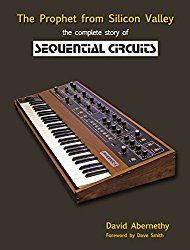
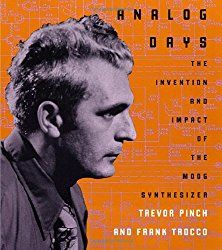
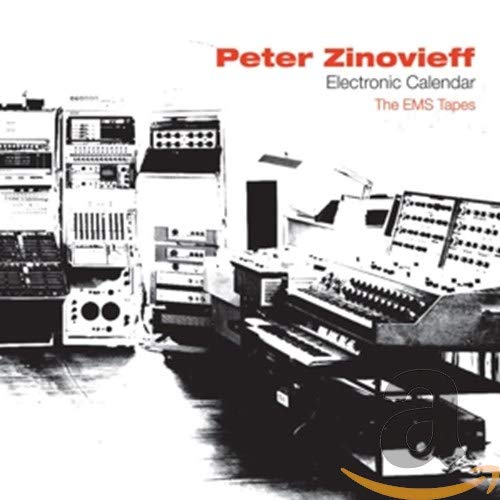
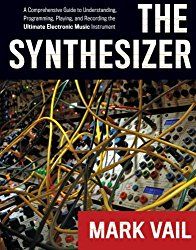
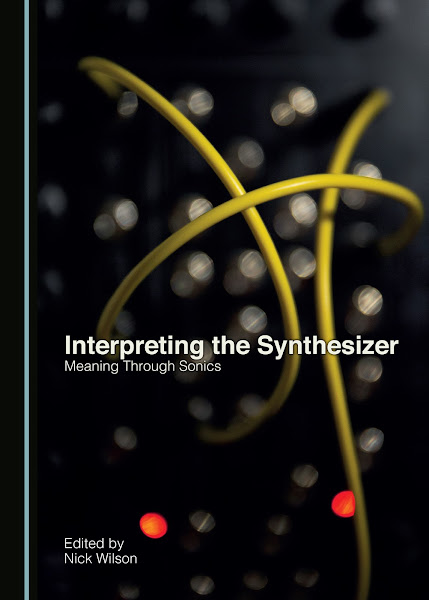
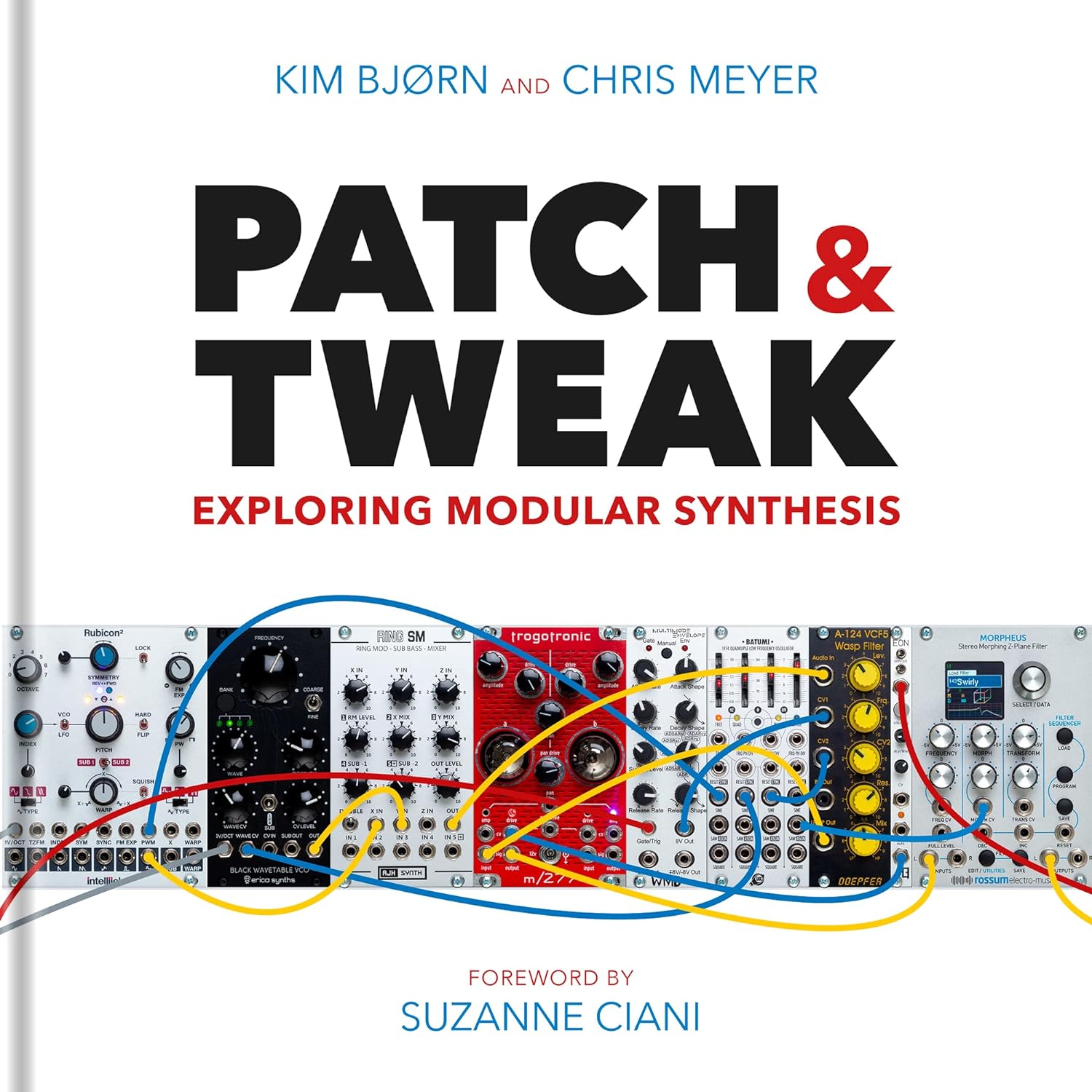
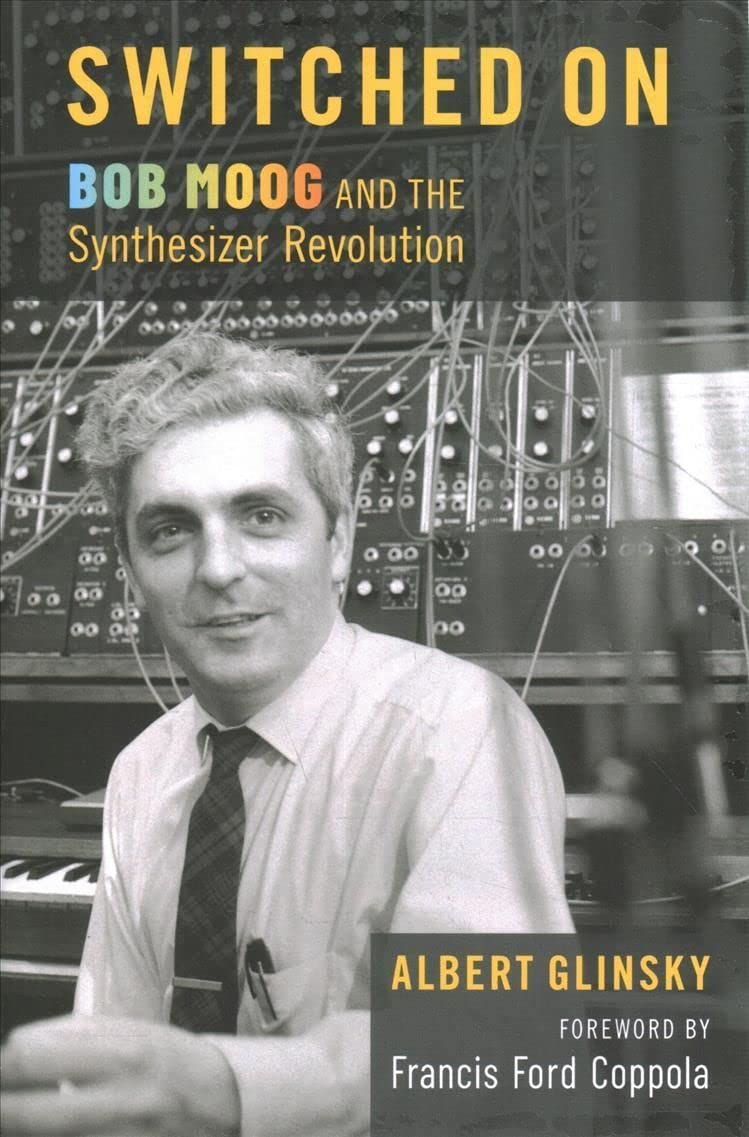
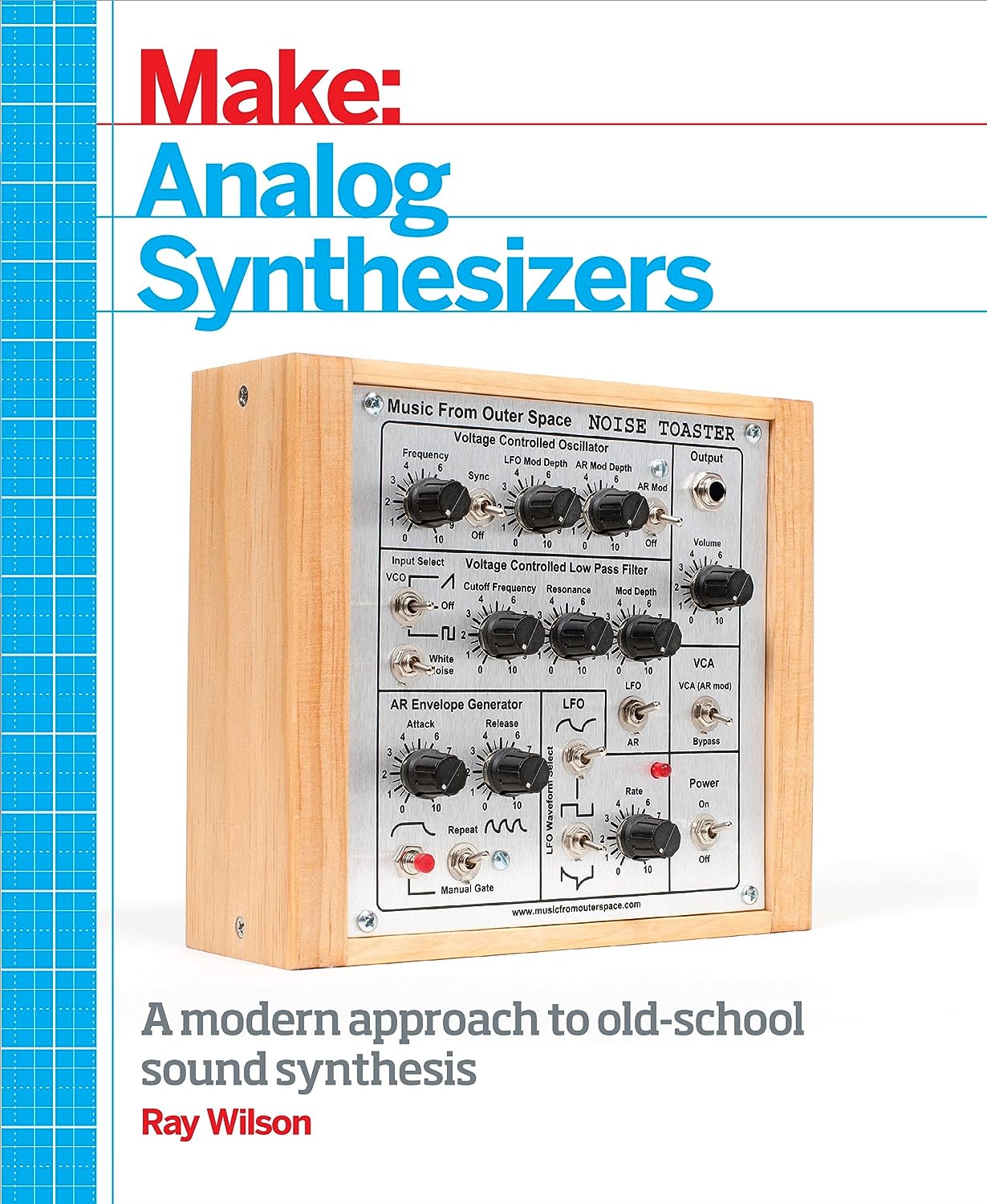
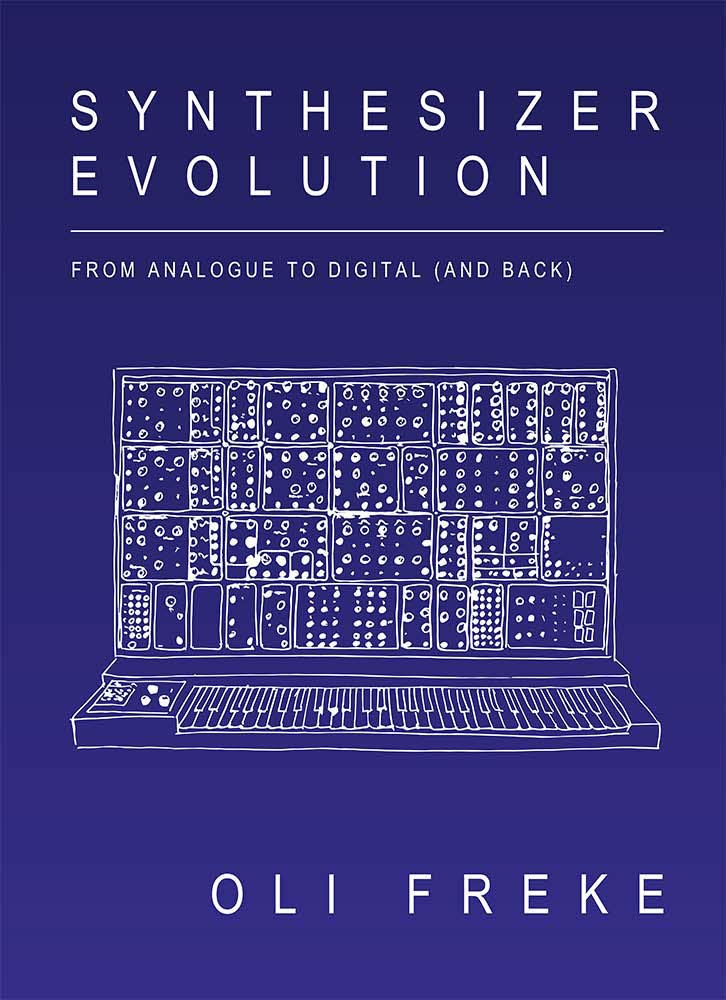
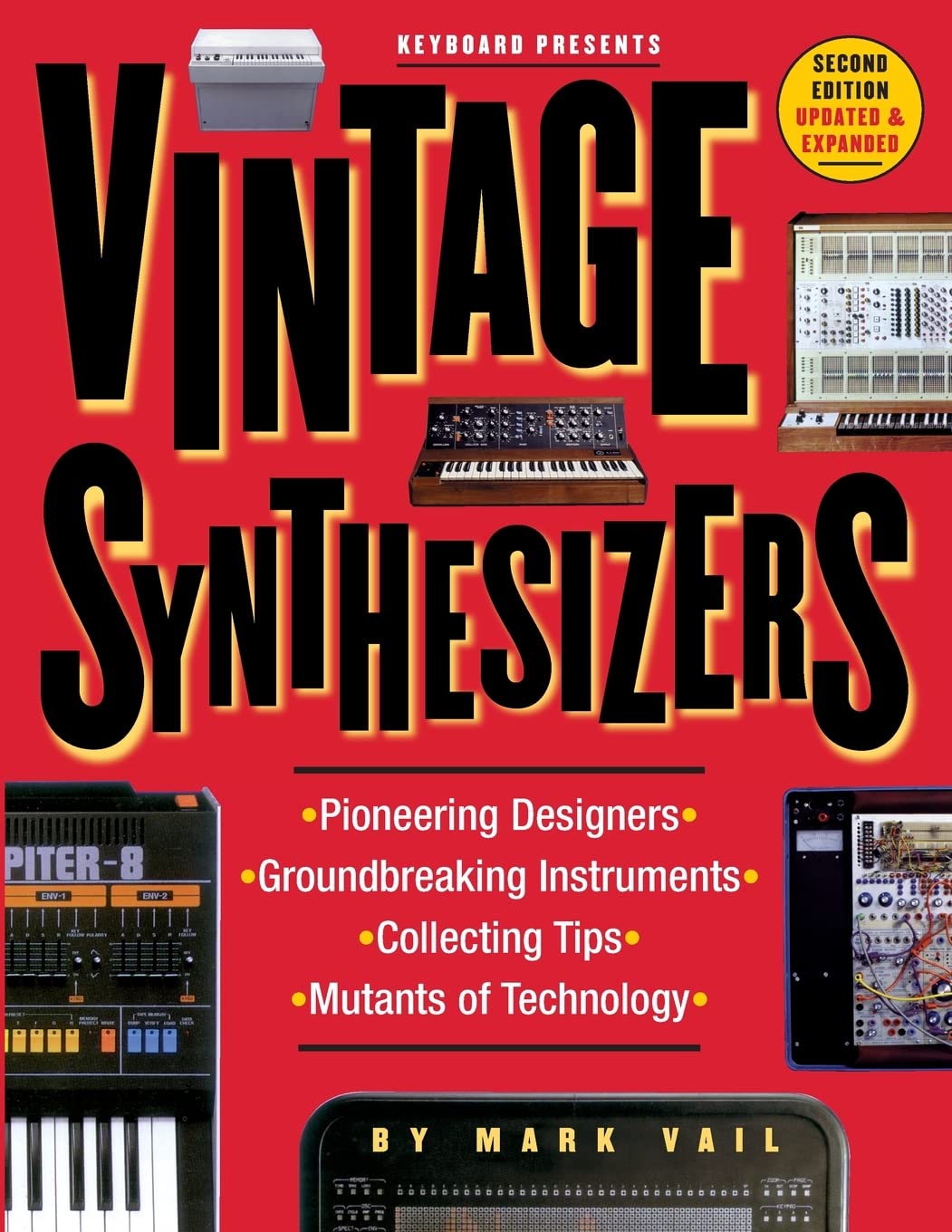
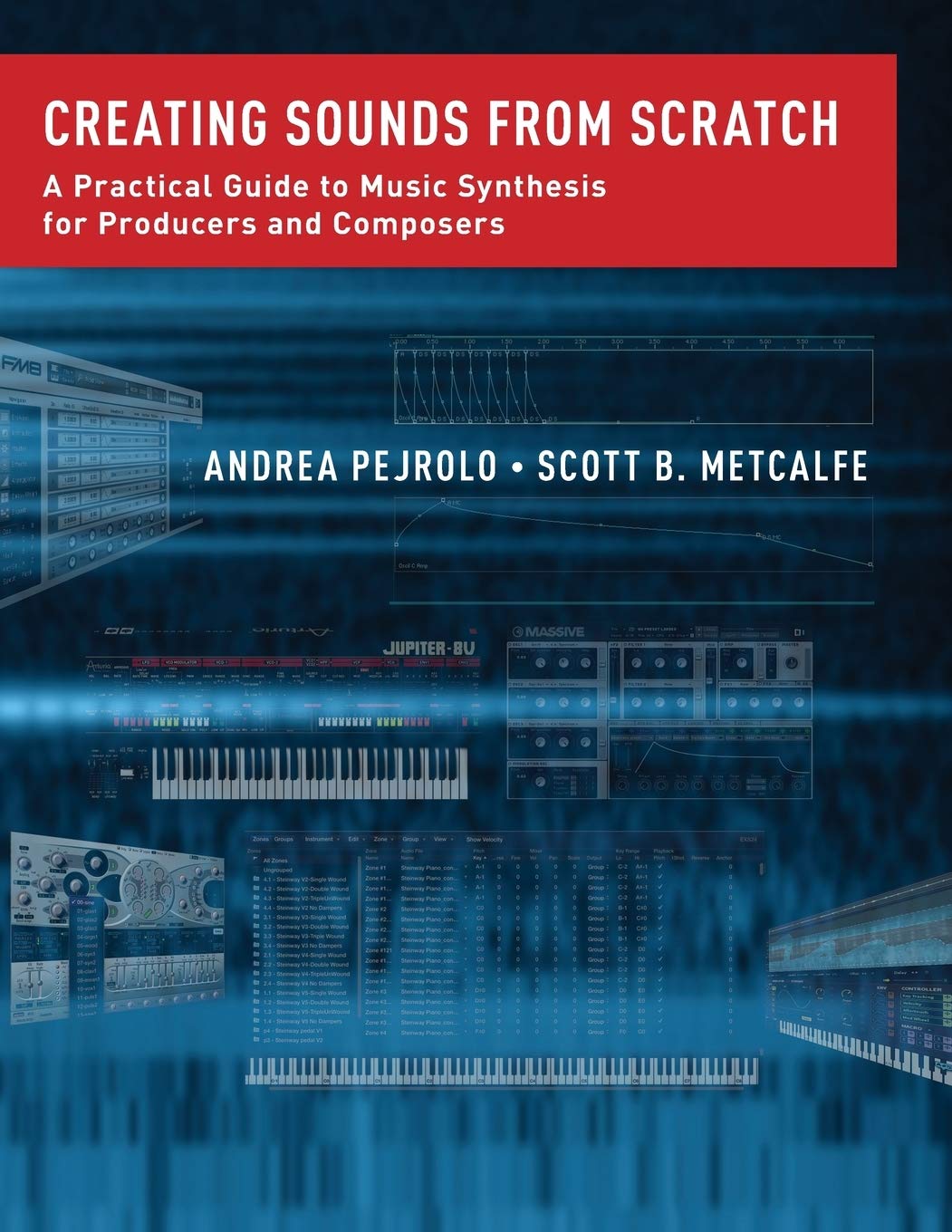
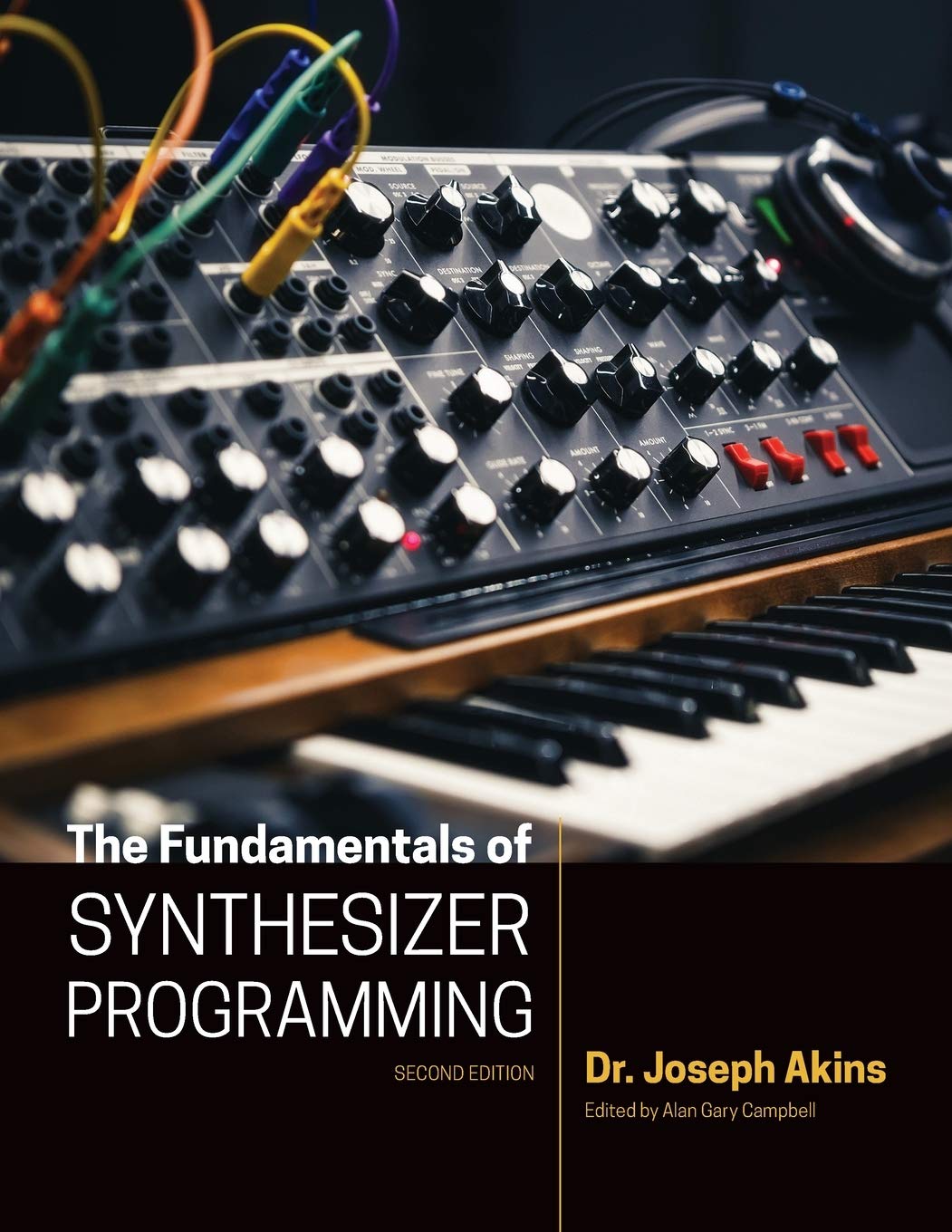
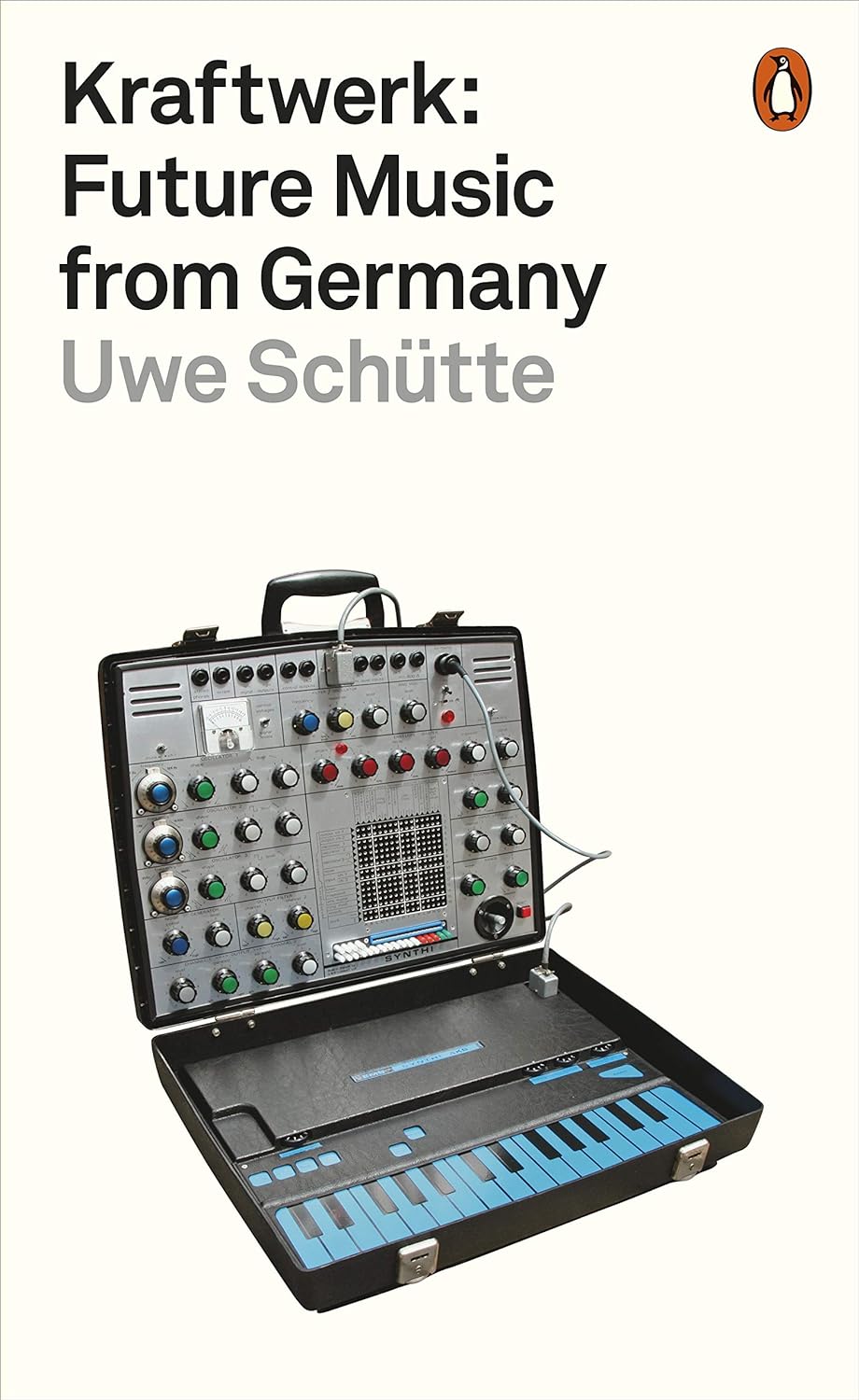
© Matrixsynth - All posts are presented here for informative, historical and educative purposes as applicable within fair use.
MATRIXSYNTH is supported by affiliate links that use cookies to track clickthroughs and sales. See the privacy policy for details.
MATRIXSYNTH - EVERYTHING SYNTH













© Matrixsynth - All posts are presented here for informative, historical and educative purposes as applicable within fair use.
MATRIXSYNTH is supported by affiliate links that use cookies to track clickthroughs and sales. See the privacy policy for details.
MATRIXSYNTH - EVERYTHING SYNTH





















